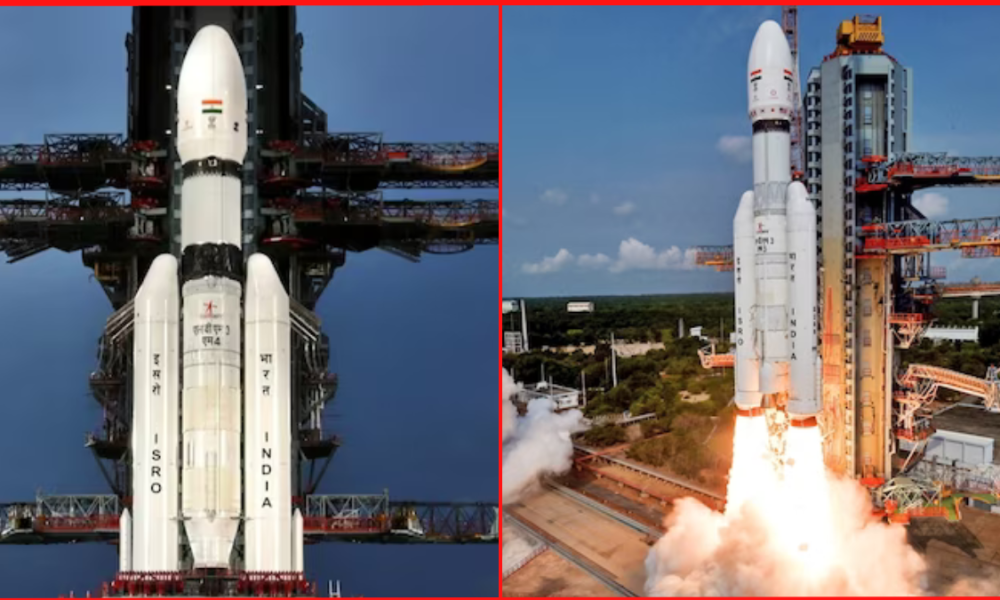
New Delhi: The Indian Space Research Organisation (ISRO) is gearing up for the highly anticipated launch of Chandrayaan-3, its third lunar mission.
The goal is to achieve a soft landing on the lunar surface, joining the exclusive league of nations that have successfully accomplished lunar missions.
We have written some key details below you would need to know to follow the Chandrayaan-3 mission.
What is Chandrayaan-3?
Chandrayaan-3 is India’s third Moon mission, specifically designed to attempt a soft landing on the lunar surface. It follows in the footsteps of Chandrayaan-2, which encountered challenges during its landing attempt.
When is the launch?
The launch of Chandrayaan-3 is scheduled for Friday, July 14, at 2:35 PM IST from the Satish Dhawan Space Centre in Sriharikota.
Which rocket will be used?
ISRO will employ the Geosynchronous Satellite Launch Vehicle Mk3 (GSLV-Mk3), also known as the LVM3, for the Chandrayaan-3 mission. This is the same rocket used in the Chandrayaan-2 mission but incorporates improved engineering and modifications.

How can you watch the launch?
If you have registered to witness the launch from the public gallery in Sriharikota, you will have the opportunity to witness the event firsthand. The public gallery offers an excellent vantage point for viewing.
For those who have not registered for the public gallery, ISRO will provide a live telecast of the launch on its official website, www.isro.gov.in. The website will feature a link to the live telecast closer to the launch date, allowing viewers to watch the event online.
What are the components of Chandrayaan-3?
Chandrayaan-3 consists of a propulsion module responsible for transporting the lander, named Vikram, and the rover, known as Pragyan, to lunar orbit.
After reaching the intended orbit, the lander and rover will separate. The mission includes payloads that will study the Earth from the Moon, transmitting valuable data back to ground stations.
Vikram, the lander, carries four payloads, including a passive payload contributed by NASA. Pragyan, the rover, carries two payloads. These payloads will conduct in-situ experiments on the lunar surface, enhancing our understanding of the Moon.
The Chandrayaan-3 mission represents India’s continued commitment to space exploration and scientific discovery. As the launch date approaches, anticipation builds for the successful execution of this ambitious lunar endeavor.




